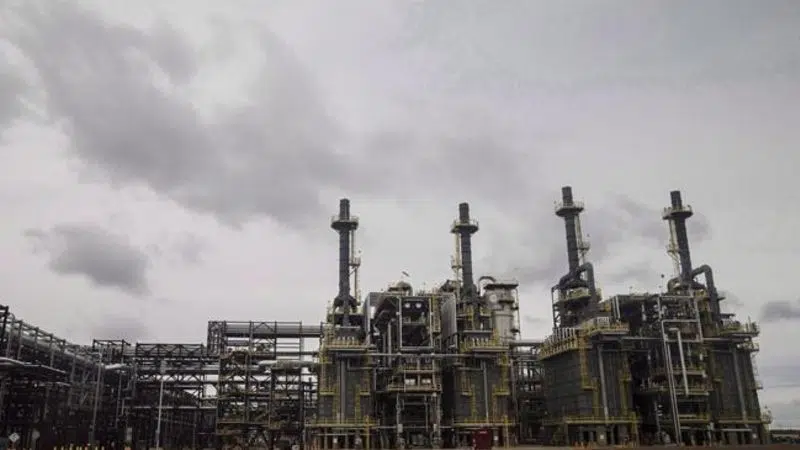
No pedal to floor: Experts say no government can bring back Alberta bitumen boom
EDMONTON — Getting Alberta’s economy running on all its fossil-fuel-powered cylinders is at the heart of the province’s election campaign.
But some of Canada’s top energy thinkers — as well as international experts — warn there’s no pedal any premier can stomp to make that engine rev like it used to.
“No policy of any Alberta government can change things,” said Mark Jaccard, an energy economist at B.C.’s Simon Fraser University, who has advised governments on climate policy and helps write reports for the Intergovernmental Panel on Climate Change.


